Hack Your Creative Thinking Process Through The Hypnagogic State
Sometimes coming up with the creative thinking for a new idea or a solution to a problem can seem impossible. As a writer, I experience this firsthand all the time in the form of “writer’s block.” And, surrounding myself with other creatives through some of my other pursuits, one thing that always comes up in conversation is finding inspiration. But what if I told you that there’s a way to keep inspiration on tap and that many people have discovered a hack for thinking creatively through the hypnagogic state?
It’s true, many incredible artists and writers harnessed hypnagogia to produce some of the most creative and colorful works known to man. By tapping into that vein of creative thinking, they pulled countless ideas and solutions seemingly out of thin air.
If you want to learn how you can improve your ability to think creatively, keep reading. This is going to be a good one.
A Hack for Thinking Creatively: What is Hypnagogia?
If you don’t know what hypnagogia is, you’re not alone. I’d never heard of this state before a few years ago when I read about it on Art of Manliness. (one of the best websites for men) I’ll do my best to explain it in plain English, but keep in mind that I’m not a somnologist, otherwise known as a sleep doctor (see? You already learned something).
What is Hypnagogia?
Hypnagogia is the state of consciousness occurring just before sleep. It’s the state right before dozing off when your mind begins to wander and think of strange things. You’ve probably experienced hypnagogia without realizing that it’s happening.
For example, say you’re lying in bed. You’re snuggled up under the covers and slowly descending into the wonderful world of sleep. All of a sudden, something bizarre comes to mind. Perhaps or a split second, you believe there’s a purple fish in bed with you. Or a loud noise. Or perhaps a smell that you can’t put your finger on. These thoughts or sensations feel very vivid, but there’s no sign of the disturbance as you arise. No fish. No sound. No smell.
Most people just think they’re dreaming, but that’s not the case. Dreaming doesn’t occur until the REM state of sleep. Hypnagogic hallucinations occur at the last stage of consciousness.
Causes of Hypnagogia
The causes of hypnagogia aren’t terribly well understood, but researchers believe factors could include:
- Alcohol or drug use
- Insomnia
- Anxiety
- Stress
- Narcolepsy
- Mood disorders

Research has shown that 25 to 37 percent of adults experience at least one instance of hypnagogic hallucinations. Personally, I’ve experienced many instances.
I can only speak from my personal experience, but I know of two things I can relate to hypnagogic hallucinations: Caffeine and anxiety/stress. If I drink coffee late at night, I teeter on the point of consciousness and sleep for a while, and my mind tends to wander to some strange and creative places.
When I was a cop working the nightshift in a busy city, I would become anxious and stressed about going to work on Friday and Saturday nights, or nights under full moons (I know, I know). As I would try to nap before work, I would experience colorful thoughts and sensations. Again, nothing scary, but certainly outside the norm.
Creative Thinking, Hypnagogia, and Safety
In most cases, hypnagogia isn’t dangerous. Everyone goes through a hypnagogic state as they doze off, even if no hallucinations occur or the ones that do are so benign that they don’t realize it’s happening. But, it’s a great place from which to pull inspiration and creativity.
There are cases where hallucinations can be startling and cause anxiety, in which case it might be a good idea to see a somnologist.
And, as a disclaimer: Any experimenting you do with hypnagogia is on you. I’m not a professional; I’m just a guy on the internet writing about interesting stuff.
Using Hypnagogia to Think Creatively
If you’re able to harness the power of hypnagogia, the ideas and inspiration that abound can be limitless. Remember some of those famed artists and authors I mentioned earlier? They had methods for tapping into hypnagogic hallucinations for inspiration.
Salvador Dali’s Hypnagogic Method for Thinking Creatively
One of the most famous practitioners of hypnagogia tapping (as we’ll call it) was the Spanish artist Salvador Dali. He was best known for his otherworldly surrealism paintings and drawings, but he was also a photographer, sculptor, writer, filmmaker, and jewelry designer. The man embodied creativity.

Dali’s method for tapping into hypnagogia? Scaring the crap out of himself. The tools used vary depending on who tells the story, but the method remains pretty consistent across sources.
Dali would sit in a chair every afternoon for a siesta. He would hold a spoon between his thumb and forefinger (some say it was a large brass key). On the ground under his hand, he would place a metal plate. As he began to doze (reach hypnagogia), he knew his hand would relax and let the spoon or key slip from his grasp, falling onto the plate below. The calamity that resulted would wake him from his near-slumber, and his mind would flood with ideas and inspiration.
That method sure makes sense of some of his paintings.
Thomas Edison’s Ballsy Hypnagogia Method
Thomas Edison was a brilliant man and inventor, and he often worked 18 hours a day creating and solving problems. And, he had a pair of brass balls. Literally.

The man hated sleep as he felt it was unproductive. Instead of wasting time sleeping, he would doze for four to five hours a night and take very, very short naps during the day. During those naps, he would hold his balls in his hands.
The brass balls, guys.
Edison had a set of brass balls that served a very similar purpose to Dali’s spoon or key. As he dozed, his hands would relax, and the brass balls would crash to the floor, causing him to jump fresh from his hypnagogic state. He would grab a pen and write down his visions, ideas, and other thoughts at that moment.
It must’ve worked; he patented 1,093 inventions.
Lewis Carroll’s Sleepless Nights
I think for all his supposed faults and interests, we can all agree that Lewis Carroll’s Alice in Wonderland is a masterclass in creative thinking. The story is so complex and surreal that many thought Carroll was using the story as a metaphor for hallucinogenic drugs. The truth is that there isn’t any proof that Carroll was chasing, or smoking, any white rabbits himself.
But, he did suffer from insomnia, which is incredibly stressful on the body and mind and can bring on hypnagogic hallucinations.
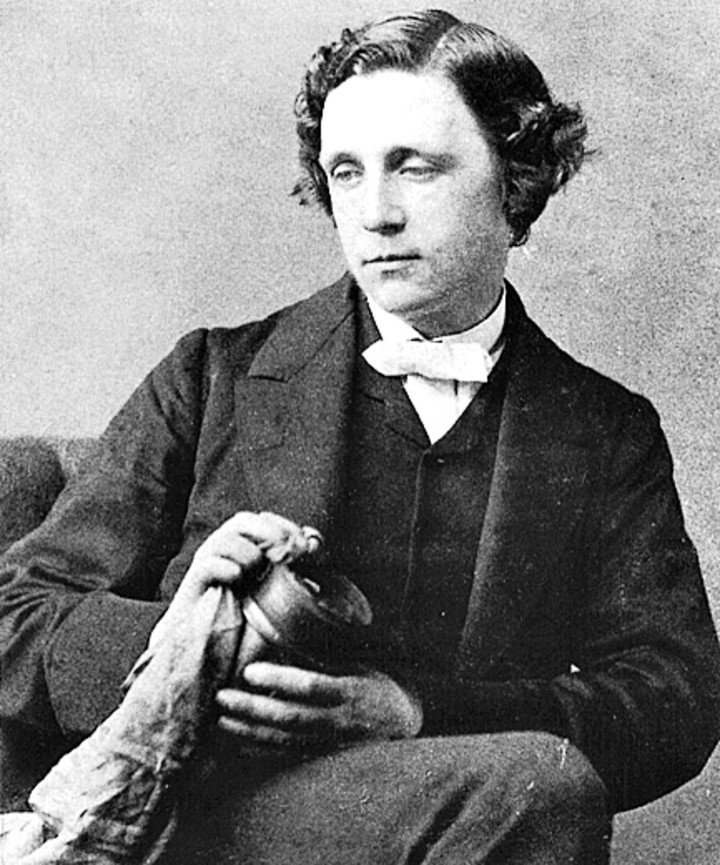
While Carroll probably wasn’t attempting to bring these hypnagogic thoughts on purposely, he was likely experiencing and drawing inspiration from them. We do know that he wrote Curiosa Mathematica, Part II: Pillow Problems Thought Out During Sleepless Nights — a book of complex mathematical equations — while lying awake at night. One could surmise he might’ve sketched down a few Wonderland characters in the same manner.
Other Hypnagogic Creative Thinkers
There were other creative thinkers that hacked hypnagogia. Authors like Edgar Allan Poe and Mary Shelley saw the value in ideas fostered between awake and asleep. Aristotle and Isaac Newton both imbibed in a bit of hypnagogia to spur their creative process. Even Beethoven got in on the action (the composer, not the dog).
Thinking Creatively with Hypnagogia in the Real World
Carrying around a set of brass balls or a plate and spoon might not be incredibly practical today. Waking your entire family up so you can think of the backstory for a character in your next book won’t make you any friends. You need a more practical approach to this creative thinking hack.
To my credit, there’s no evidence that Edison, Dali, Poe, or any of the other creative thinkers mentioned earlier had a 100 percent success rate. The following methods I’m going to suggest aren’t tried-and-true either, but when they work, they work.
The Notebook by the Bed Approach to Creative Thinking
The simplest approach to tapping into your creative thinking side is simply keeping a notebook by the bed. Whether it’s on your nightstand or headboard, having something on hand to scratch down ideas when they come to you is worth a shot.
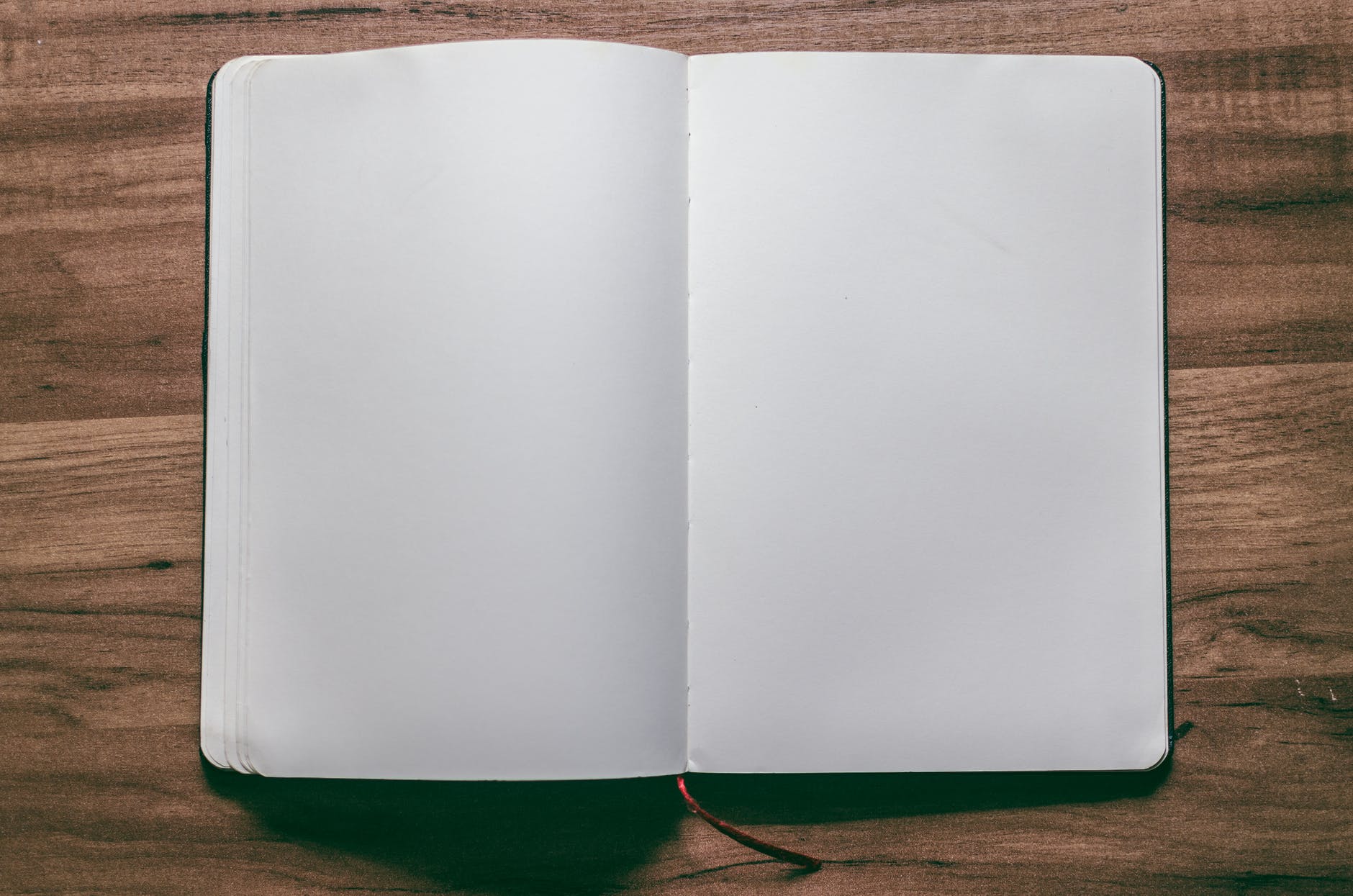
With that notebook by your bed, it’s a good idea to get into a habit of scratching any idea at all down before bed. Any idea will do. The idea is that as you reach a hypnagogic state and come up with an idea, the habit will take over, and you’ll be able to write it down. Personally, this works very well for me. I wrote down many blog post ideas for The Graying Area with this method.
The issue is that if you’re not a regular hypnagogia tapper, you might not recognize that you’re having ideas or thoughts before slumber. This approach won’t work for everyone.
Creative Thinking Through Trial and Error
Another option is to set an alarm to snap back to consciousness before you can doze. This does take a bit of trial and error, but it could be the easiest way to bring on a hypnagogic hallucination.
According to sleepadvisor.org, the average person falls asleep within seven minutes. Obviously, this depends on factors like caffeine intake and exhaustion level, but it’s an average and, therefore, a baseline for this method.
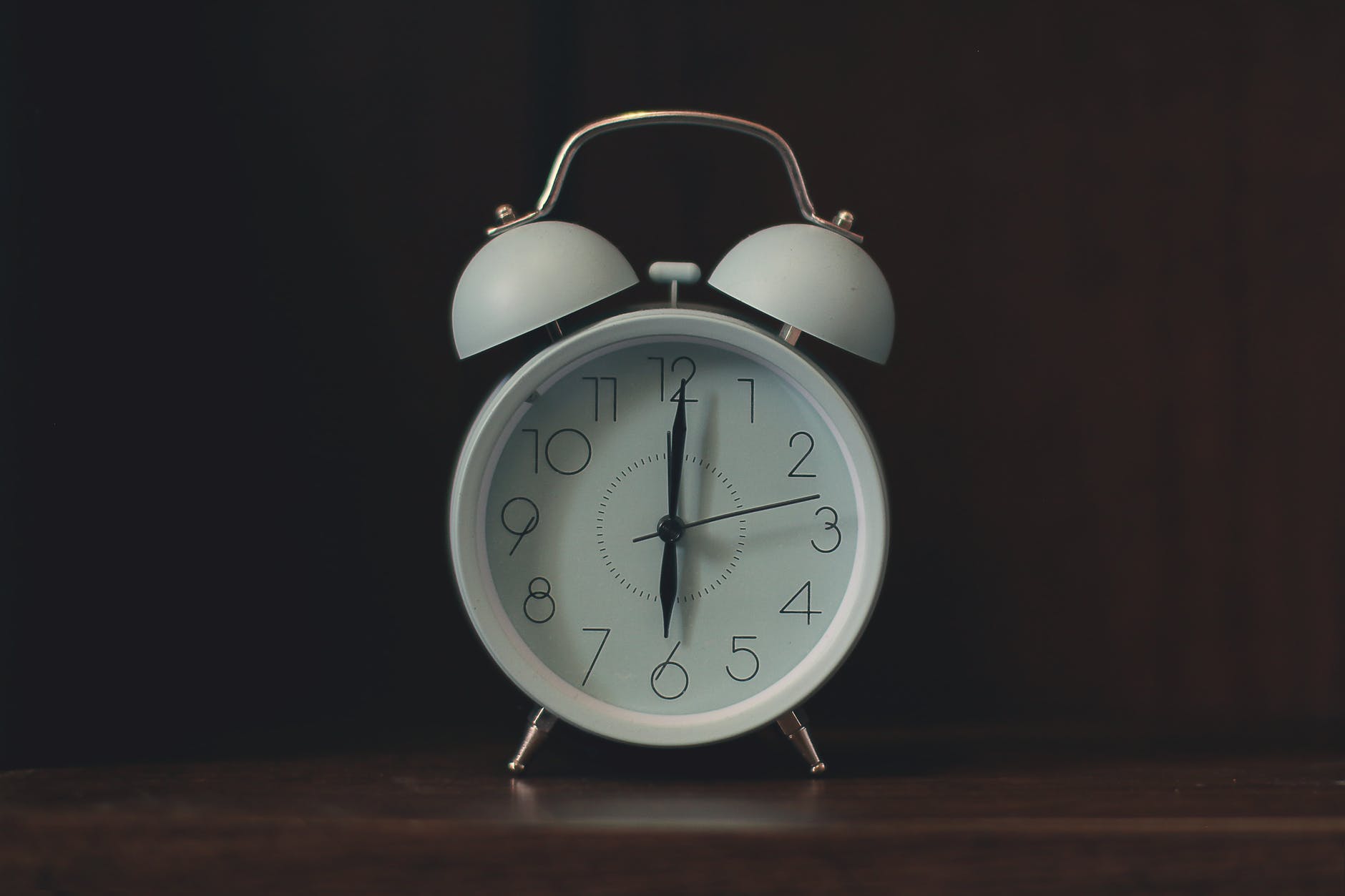
With a pen and notebook nearby, set your alarm for 7 or 8 minutes, close your eyes, and try to fall asleep. In this case, the alarm takes the place of the key or spoon without damaging the good china. When the alarm goes off, write down the first thing that comes to mind.
Here’s the trial and error: You might have to adjust the time to find a relatively consistent pattern for your sleep, but this method can lead to some pretty interesting results. You can try it while falling asleep for the night or by taking a nap in the middle of the day like Thomas Edison or Salvador Dali.
The “Push It” Method for Thinking Creatively
The most effective method I’ve found to bring on hypnagogia isn’t practical, but I’ve found it to be fascinating. I simply push myself to write until I start falling asleep. I enjoy writing at night anyway so it’s very easy to implement, though it does take a bit of typing coordination.
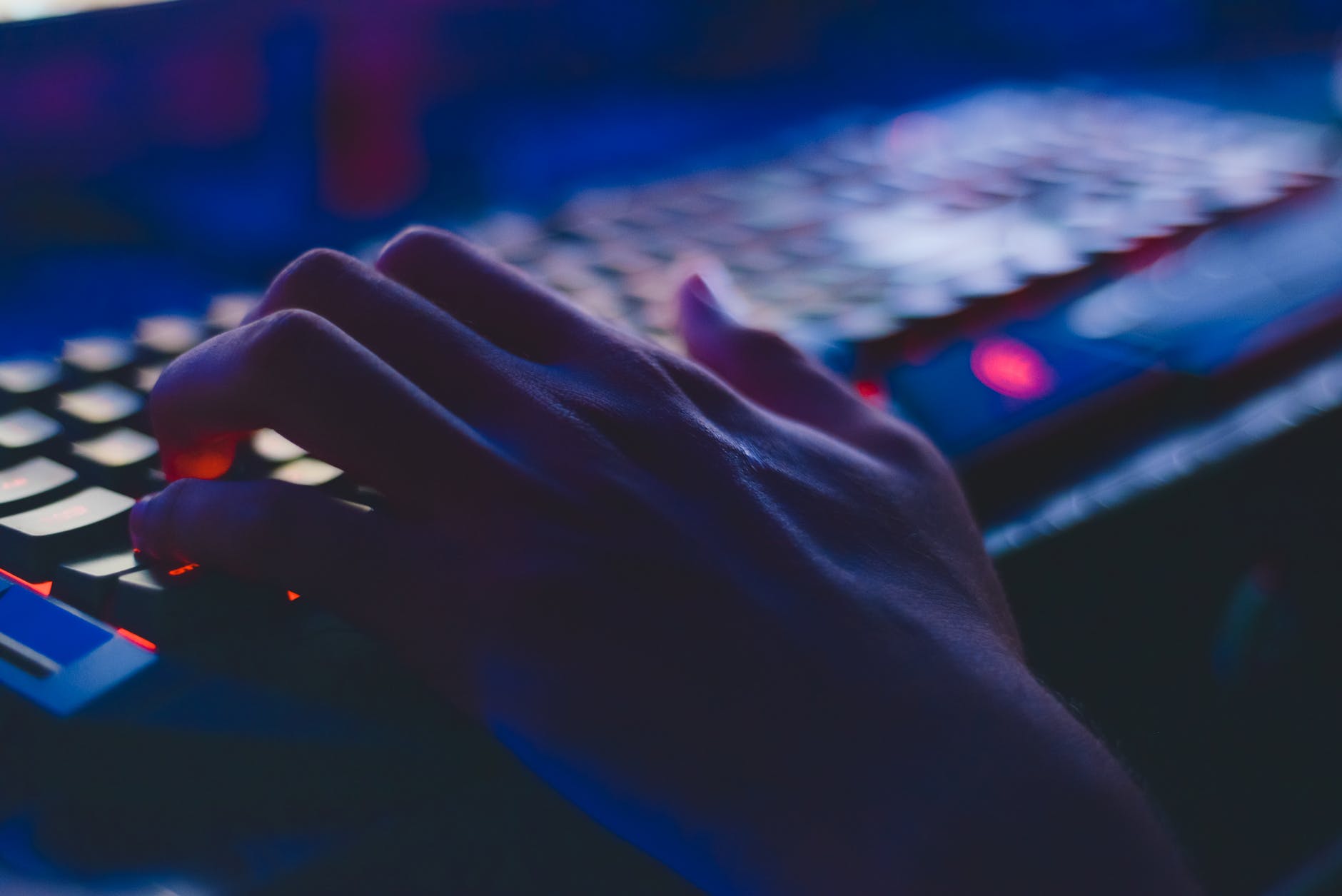
As I begin to tire behind the keyboard, I close my eyes but continue to type. At first, I stay fairly on topic. But as I start to snooze, some pretty fascinating word combinations appear. I either awake suddenly and read what I wrote, or I wait until morning to see what ideas developed. Many of those ideas I’ve been able to use, while others are simply gibberish.
This method usually produces a sentence or two of fascinating text. I’ve been lucky enough to pull a paragraph a time or two. But, it’s my most surefire way to bring on the creativity.
I haven’t found this method to solve anything, but it does invite some creative thoughts I can run with when I wake the next day. And the ironic part is that I found the method accidentally by working a bit later than I probably should have.
Create Your Own Method
I’m someone who’s pretty aware of the benefits of hypnagogia, and I’ve never had an entirely normal sleep pattern. But these three methods have been pretty successful for me. You might want to create your own method. The point is to somehow take advantage of the ideas in the moments right before you fall asleep and have some way to record them.
Final Thoughts
Hypnagogia is a powerful tool if you’re able to harness it. Tapping into this transitional state of consciousness could be all it takes to spring you from writer’s block or an artist’s funk. It can even provide clarity on an everyday issue with which you’re dealing. It’s certainly a shot of creative thinking for your favorite hobby or career.
What are your thoughts, guys? Have you ever experienced hypnagogic hallucinations? Do you have a method you find works better than the ones I listed? Let me know in the comments below. I’d love to add a few more ideas and credit you if you have some to offer.
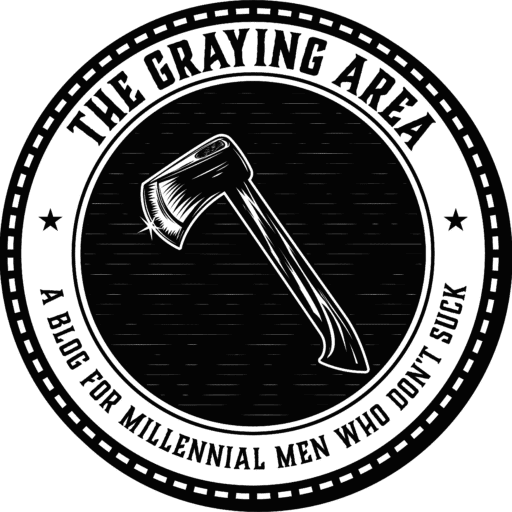
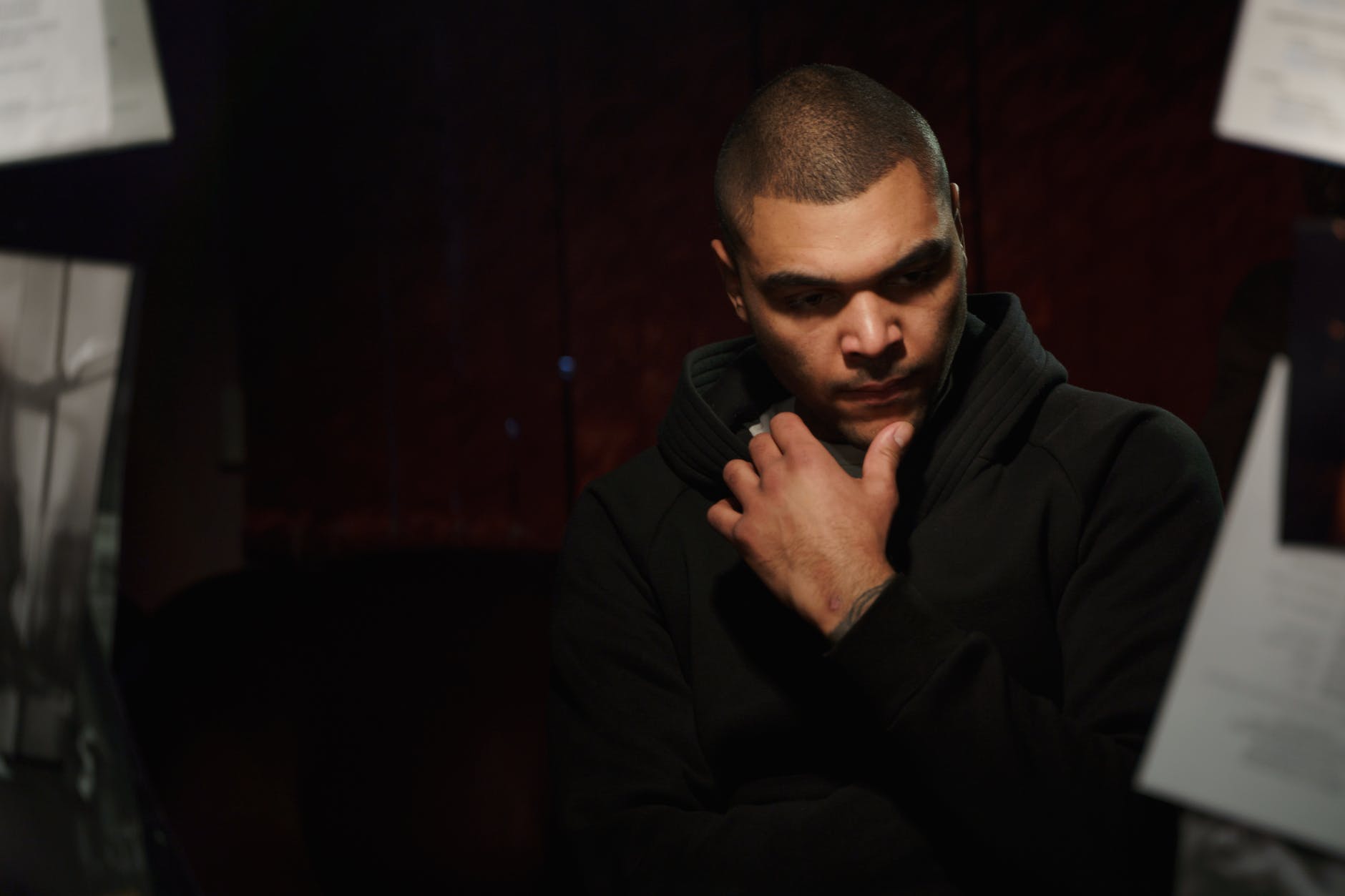



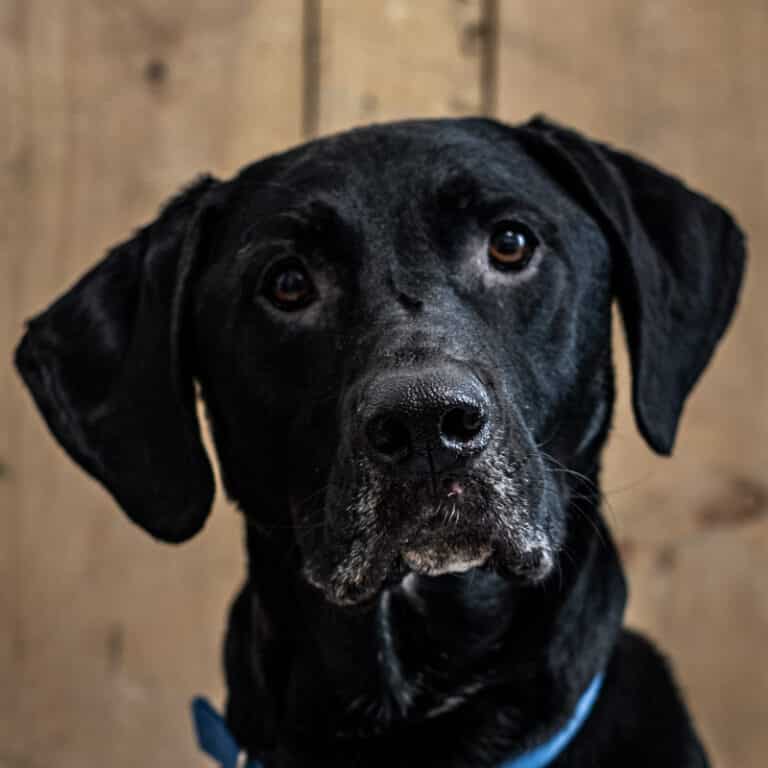


I never knew it was a thing. I have therefore had many thoughts that I have convinced myself I would remember in the morning to then promptly forget.
I will be implementing some of these tactics going forward.
Hey Jersey! Thanks for commenting. I think that’s really common. We have a thought that we think we’ll remember later but, inevitably, we forget. A notebook by the bed can help!
Hi, just came across your blog. Had one today and it was a sci-fi type hallucination. I will see how the notebook on the nightstand works. Thanks for the information!
Hey Chrys! Thanks for reaching out. They can definitely be Sci-Fi’esque. Definitely try the notebook and let me know if anything interesting comes from it. Thanks again -Tom
I do this all the time. It happens in a waking state. It started with out of bod experance at 14 that explains Picasso and cubism. Then cubism as a mathematical formula.
I had experienced that every person was exactly the same and that everything in the universe was connected. I had another out-of-body experience that explained what happen before and after death. I once saw the word uncertainty and knew that nothing new could come into creation without uncertanty. Then when I heard that Einstein imagined traveling alongside a beam of light, I knew it was not imagined and more like remembered. Then when I learned about his life I just automatically started to understand quantum physics, the Heisenberg uncertainty principle and how the universe was created at the atomic level of matter. Then I could cross that understanding over to how we as humans experience the world and the multiple levels of consciousness. The difficulty is that there is really not much point in me talking about it because most people think you reading these things in books when your actually tapping into a universal state of consciousness. It’s also known as unified feild, Akasha, God, or Christ consciousness. Everyone could experience this but it’s covered over with belife system. It is the same way a self or the ego is created.